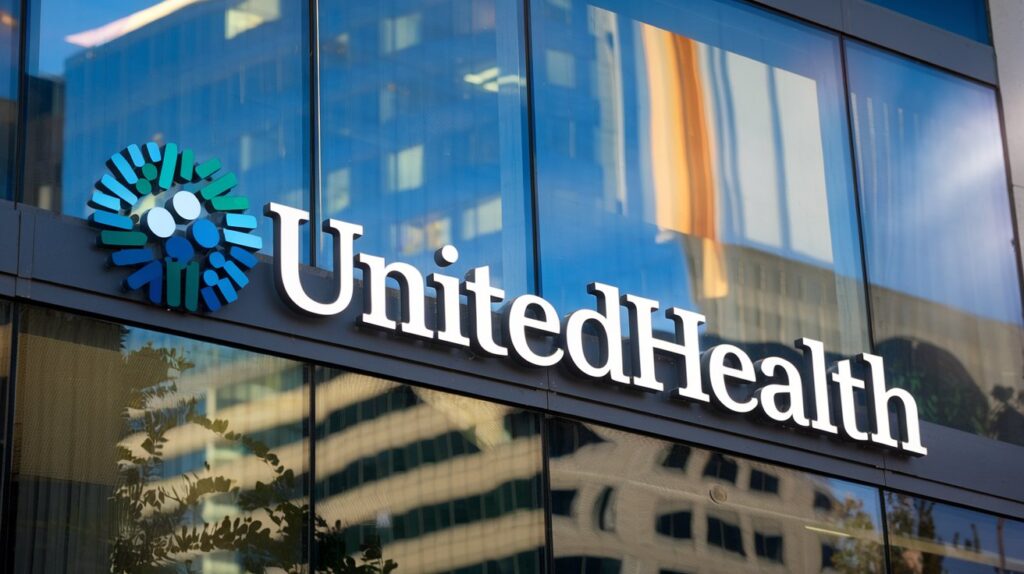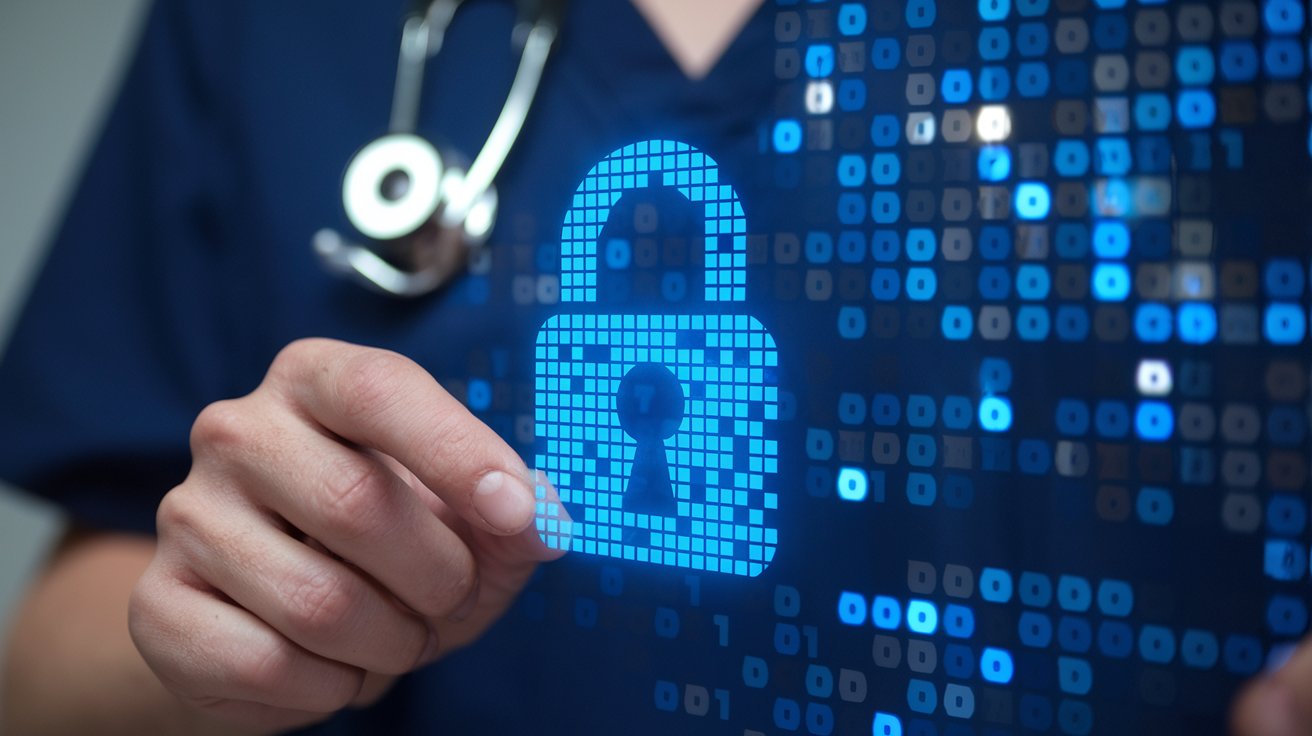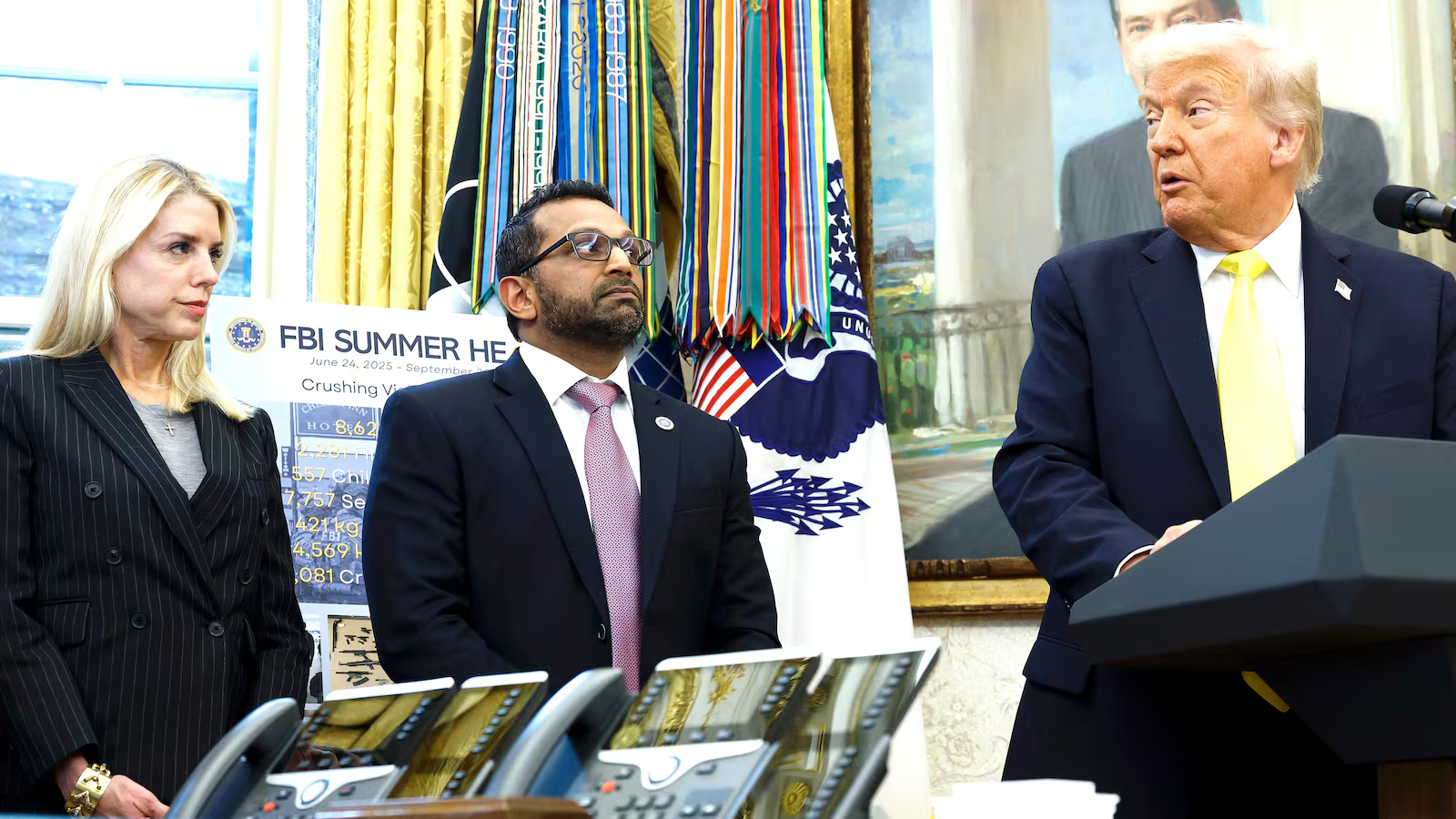UnitedHealth Data Breach Exposes 190 million Individuals:
The UnitedHealth data breach has sent shockwaves across the healthcare industry, with a staggering 190 million individuals affected in what is now considered the largest healthcare cyberattack in U.S. history. The breach, which targeted UnitedHealth’s subsidiary, Change Healthcare, exposed sensitive personal and medical information, raising concerns about cybersecurity vulnerabilities in the healthcare sector.
What Happened? A Timeline of the UnitedHealth Data Breach
The cyberattack, first detected in February 2024, was carried out by the notorious ransomware group BlackCat (ALPHV). Hackers reportedly gained access to Change Healthcare’s systems through compromised credentials that lacked multi-factor authentication (MFA), allowing them to infiltrate networks and exfiltrate vast amounts of sensitive data before deploying ransomware.
Key Details of the Breach:
- Affected Individuals: 190 million people
- Compromised Data: Patient diagnoses, treatment details, Social Security numbers, insurance member IDs, and billing information
- Breach Detection: February 2024
- Cybercriminal Group: BlackCat (ALPHV)
- Security Vulnerability: Lack of MFA protection
Impact on Patients and Healthcare Providers
The data breach has caused widespread disruptions in healthcare operations, particularly in claims processing, resulting in delays in patient reimbursements and medical billing. Healthcare providers across the country are struggling to manage the fallout, while affected individuals face potential risks of identity theft and financial fraud.
UnitedHealth has taken immediate measures to address the situation by offering complimentary credit monitoring services to affected individuals and implementing robust cybersecurity protocols to prevent future incidents.

Lessons for the Healthcare Industry
This incident highlights the critical need for healthcare organizations to strengthen their cybersecurity infrastructure. With the increasing sophistication of cyberattacks, the industry must prioritize:
- Multi-Factor Authentication (MFA): Implementing stronger authentication measures to prevent unauthorized access.
- Regular Security Audits: Ensuring proactive identification of vulnerabilities.
- Employee Training: Educating staff on phishing attacks and cybersecurity best practices.
- Data Encryption: Protecting sensitive patient data with advanced encryption techniques.
UnitedHealth’s Response and Steps Moving Forward
UnitedHealth has assured customers that they are working closely with cybersecurity experts and law enforcement agencies to contain the breach and mitigate further risks. The company has also committed to improving its security framework and enhancing response mechanisms to prevent similar incidents.
Affected individuals are urged to:
- Monitor their financial accounts for suspicious activities.
- Take advantage of credit monitoring services offered by UnitedHealth.
- Be vigilant against potential phishing scams.
Protecting Yourself After a Healthcare Data Breach
If you were affected by the UnitedHealth data breach, it is essential to take proactive measures to safeguard your personal information. Here are some practical steps:
- Check Credit Reports: Regularly review your credit report for any fraudulent activities.
- Enable Two-Factor Authentication (2FA): Protect your online accounts with additional layers of security.
- Report Suspicious Activity: Notify financial institutions and credit agencies in case of unauthorized transactions.
Conclusion
The UnitedHealth data breach serves as a stark reminder of the importance of cybersecurity in the healthcare sector. With millions of individuals impacted, it is crucial for both organizations and individuals to take proactive steps to safeguard sensitive information and prevent future incidents. [USnewSphere.com]








